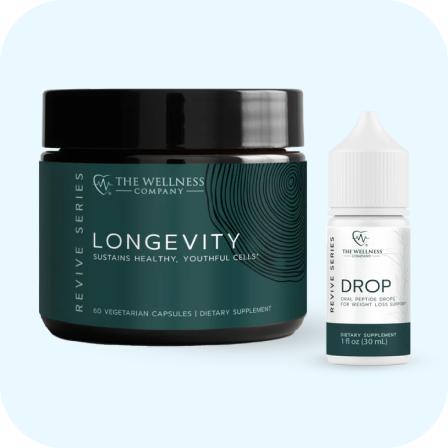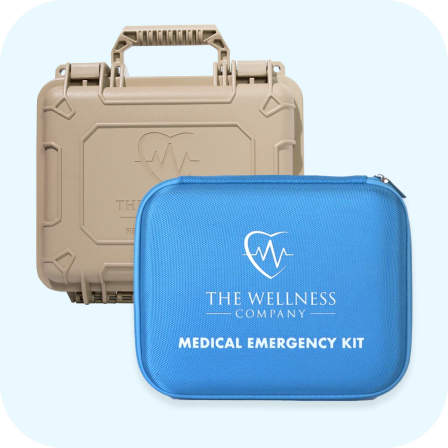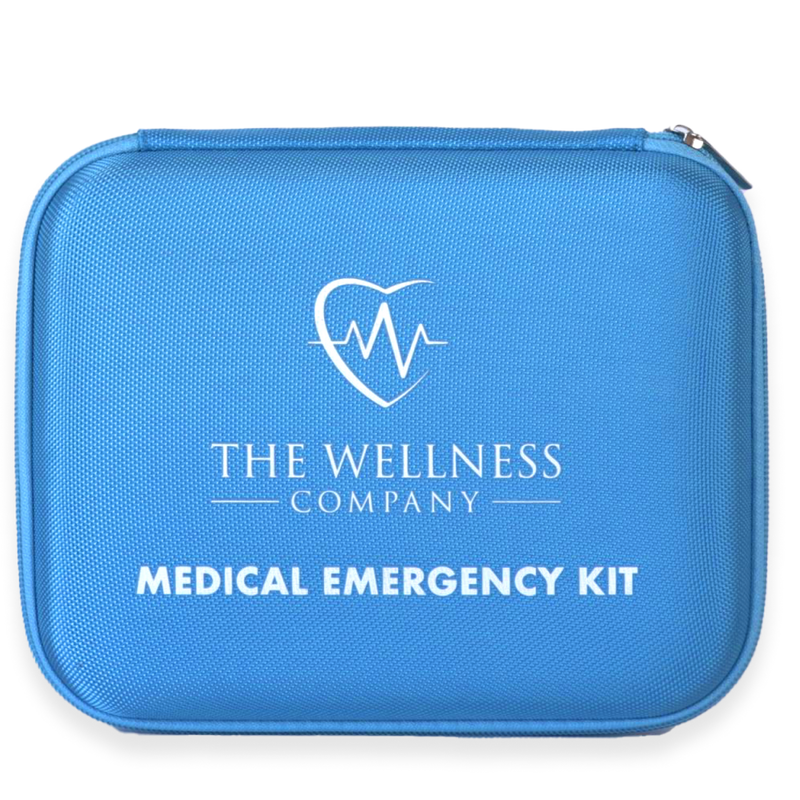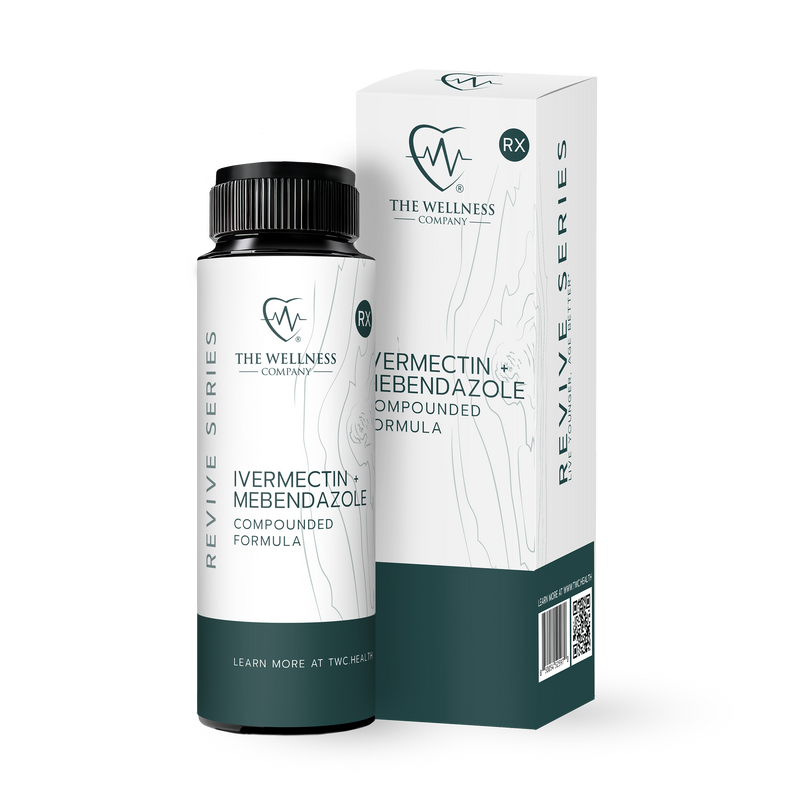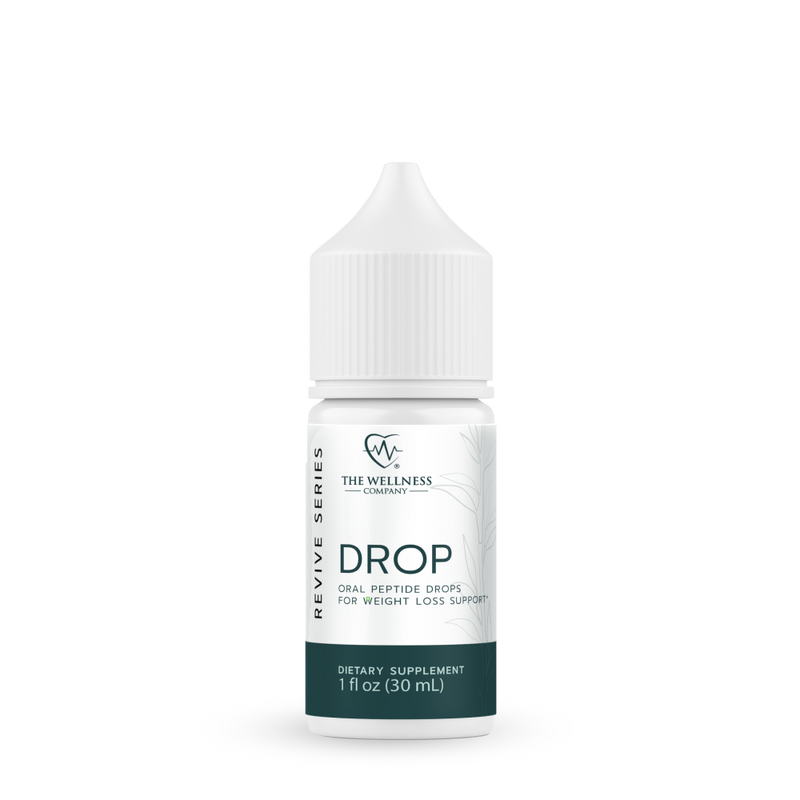One Small Cut Could Prove Deadly After a Flood

In the aftermath of Helene, many are finding themselves without water, food, or proper sanitation. Wells have become contaminated with septic tanks overflowing after the unprecedented amount of rainfall.
Entire towns have been cut off from most necessities. People are rationing supplies, food, and water.
No one ever expected something like this could happen. Images of mules bringing much-needed supplies to people stranded and unreachable by car are commonplace. Rescue and recovery efforts have been slow due to the inaccessibility of areas hit hardest by the raging floodwaters.
There have been heartbreaking stories of families swept into currents caused by historic rainfall and creeks turned into raging rivers, leaving the death toll at 190, with hundreds still not accounted for.
Portable toilets outside Mission Hospital. Minyvonne Burke / NBC News
Hospitals weren’t immune to the devastation. Mission Hospital, an Ashville, N.C. hospital faced crippling challenges as Helene dumped a record amount of rain, causing a collapse of the entire infrastructure. Their sewage system was so backed up that it wasn’t possible to flush toilets.
Patients were showing up, saturated with chemicals and soaked with floodwaters, and had no way to shower.
Basic hygiene was nonexistent.
In the aftermath of such devastation, even a simple scrape or cut can be life-threatening. Contaminated water-carrying pathogenic bacteria can easily enter the smallest cut and set up a raging infection. Without the ability to properly cleanse and treat the wound, what would be a simple cut or scrape, easily cleansed with soap and water could turn into a serious infection that could cost you your life. Cellulitis, a serious skin infection, usually peaks 3-4 days after a flooding event.
Be prepared with our first aid kit - your life may depend on it

Equipped with Cephalexin, a broad-spectrum cephalosporin antibiotic that is commonly used to treat skin infections, urinary tract infections (which are common post-flood), respiratory tract infections, and bone and joint infections.
The kit also comes with
- Mupirocin, a prescription-strength topical antibiotic used to treat skin infections,
- Methylprednisolone, commonly used as an anti-inflammatory
- Glucose powder to rapidly reverse low blood sugar,
- Tourniquet
- Styptic powder, used to control minor bleeding
- Eye wash bottle, which could prove especially useful post-flood
- Bandages, liquid skin, and steristrips to close small lacerations
- Dental wax and benzocaine to relieve oral pain, including canker sores and gum irritation
- Ice compress for immediate relief of injuries to reduce swelling and pain.
- Optional epinephrine pen for life-threatening allergic reactions
- Guidebook detailing how and when to use the medications. This will be especially valuable in the event there is a power outage and you are unable to reach one of our care providers.
- Consult with one of our licensed care providers in the event you have questions about use and which medication to use.
Don’t wait for the next emergency to stock up. By then it could be too late.
Written By Brooke Lounsbury








